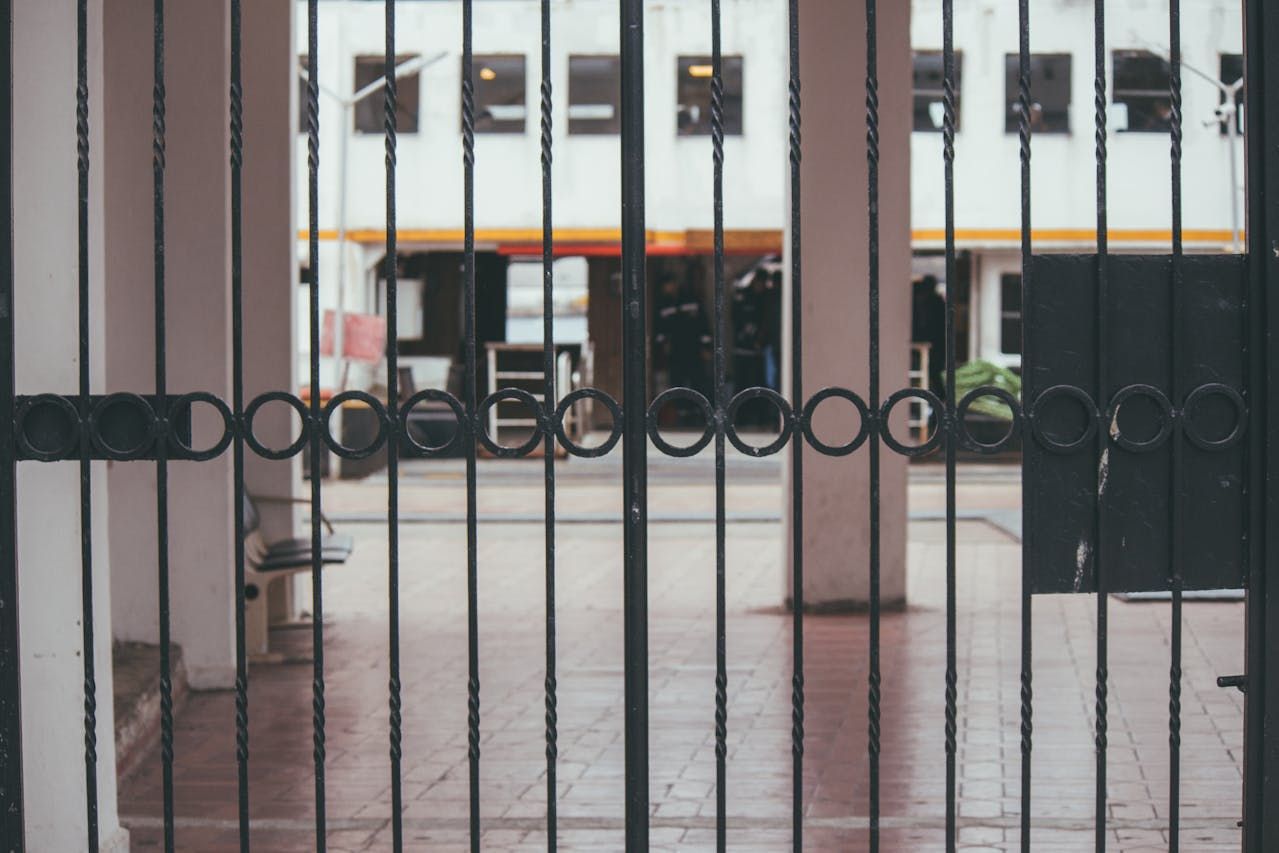
Moving to a new home can be exciting, but if your destination lies within a community governed by a homeowners association (HOA), things can get a little tricky. Many neighborhoods, especially those in condominiums, gated communities, or townhome complexes, have HOA rules in place to maintain peace and order. These rules often affect when and how you can move, who can access the property, and even the type of vehicles that are allowed on-site. If you're planning a move and want everything to go smoothly, it's essential to align your moving plans with your HOA's guidelines. Let’s explore how to make that coordination stress-free, respectful, and efficient.
Start With the HOA Rules Handbook or Community Guidelines
Before even scheduling your movers, you should obtain and review your HOA’s rulebook. This document typically outlines everything from quiet hours to parking restrictions and usage of shared spaces. If you can’t locate it, contact your property manager or HOA board directly. Understanding the rules ahead of time helps you avoid fines, delays, or neighbor complaints during your move.
Many HOAs restrict moving hours to weekdays or limit moving to certain times of day, typically avoiding early mornings and late evenings. That is especially common in condominiums or tight-knit communities where noise and congestion can quickly become issues. Having this information up front ensures you don’t schedule movers at an off-limits time.
Work With Your Movers on a Detailed Timeline
Once you’ve confirmed the HOA’s rules, work with your moving company to establish a clear schedule. Start time, estimated duration, and any break periods should all be accounted for. If there are restrictions on when moves can begin or end, factor that into your planning.
In many cases, early to mid-week moves tend to be less hectic than weekend moves. If your HOA allows flexibility in scheduling, try choosing the best day to move based on traffic, availability of the elevator, or fewer residents using common spaces. A well-timed move can make things easier for both the movers and the HOA.
HOA Rules: Confirm Required Approvals or Notifications
Some HOAs require you to notify them of your intended move date formally. That can be as simple as filling out a move-in/move-out form or requesting permission through the management office. It may also involve providing proof of your moving company’s insurance or licensing information.
If your HOA has a moving coordinator or property manager, reach out well in advance. Give them the exact date and time range of your move, along with the moving company's contact details. This simple step can go a long way in building goodwill and avoiding unnecessary conflict.
Reserve Elevators, Loading Docks, or Parking Spaces
If you’re moving into a condo or apartment within an HOA community, you may need to reserve service elevators or loading docks. These spaces are often shared among multiple residents and must be booked ahead of time. Your HOA may even require padding for elevators or temporary protection for hallway walls and floors.
Likewise, confirm if you can reserve nearby parking spaces for your moving truck. Many communities have limited guest parking or restrict large vehicles from entering, especially if roads are narrow. Coordinating truck access early ensures your movers aren’t left scrambling for parking, which could waste time and money.

Understand Time Limits and Access Restrictions
Even with a reservation, many HOAs impose time limits on how long you can occupy shared spaces like hallways, elevators, or loading zones. Some may allow a morning-to-afternoon window only, while others might restrict moves to two- or four-hour blocks.
Keep your movers informed about these constraints. If you're hiring professionals, choose a company experienced in working with HOA-regulated properties. Let them know upfront that they’ll be working within a set schedule and may face access rules such as requiring gate codes, ID badges, or pre-approval from management.
Double-Check Insurance and Liability Requirements
HOAs often require proof of liability insurance before allowing movers on the property. That protects the community in case of accidental damage to shared structures like elevators, lobbies, or sidewalks. Ask your moving company for a Certificate of Insurance (COI) and submit it to your HOA ahead of time.
Make sure the COI matches the HOA’s requirements, including coverage limits and named insured parties. Some communities won’t allow a move to proceed without this documentation. If you're unsure what’s needed, your HOA or property manager should provide a sample COI or checklist to guide you.
Communicate With Neighbors to Avoid Disruptions
It’s courteous to give your immediate neighbors a heads-up about your move. Even if your HOA doesn’t mandate it, a quick note or personal message lets them know there may be extra noise or activity during the day. If you’re moving in or out of a townhouse, driveway space might be temporarily blocked, so advance notice can help ease any friction.
Some HOAs require formal neighbor notification, especially if shared spaces like stairwells or elevators will be involved. Complying with this rule doesn’t just demonstrate respect—it also helps build positive relationships with new or existing neighbors right from the start.
Prepare Your Home to Comply With HOA Expectations
HOAs take pride in maintaining a tidy, orderly environment. Don’t let your move cause avoidable messes. Protect common areas like hallways or elevators by using floor coverings and corner guards, especially if you’re moving large furniture. Keep the entrance to your home clear, and avoid leaving boxes or discarded items outside.
Some HOAs will fine residents for leaving trash, furniture, or moving debris in shared spaces. Have a plan to remove any packing materials quickly, and consider hiring a junk removal service if needed. By staying clean and organized, you demonstrate that you’re a responsible member of the community.
Plan for Security Gate Access and Credentials
If your new home is in a gated community, be prepared to manage access for your moving crew. Gate codes, security cards, or front desk registration may be necessary, especially if the HOA employs security staff or automated systems.
Give your moving company clear instructions on how to access the property. Provide them with gate codes if allowed, or arrange for temporary access with the security team. If the movers are arriving in multiple trucks or shifts, make sure each team member has access credentials as required.

Schedule a Final Walkthrough or Inspection
In many HOA-managed properties, the management office may conduct a post-move inspection. That is particularly common when moving out, as they want to ensure no damage has occurred to shared areas. Be sure to schedule this inspection if it’s required and attend it personally or send someone you trust.
Being present allows you to address any concerns right away, document the condition of the property, and ensure you're not unfairly charged for issues that weren’t your responsibility. If everything checks out, get written confirmation from the HOA that the move was completed without problems.
Following The Rules
Moving into an HOA-governed community requires more than just hiring a moving truck and packing your boxes. To avoid fines, friction, or logistical nightmares, you’ll need to carefully coordinate with your HOA, follow HOA rules, and communicate openly. From securing elevator reservations to confirming insurance coverage, every detail matters when your move affects more than just your immediate household.




